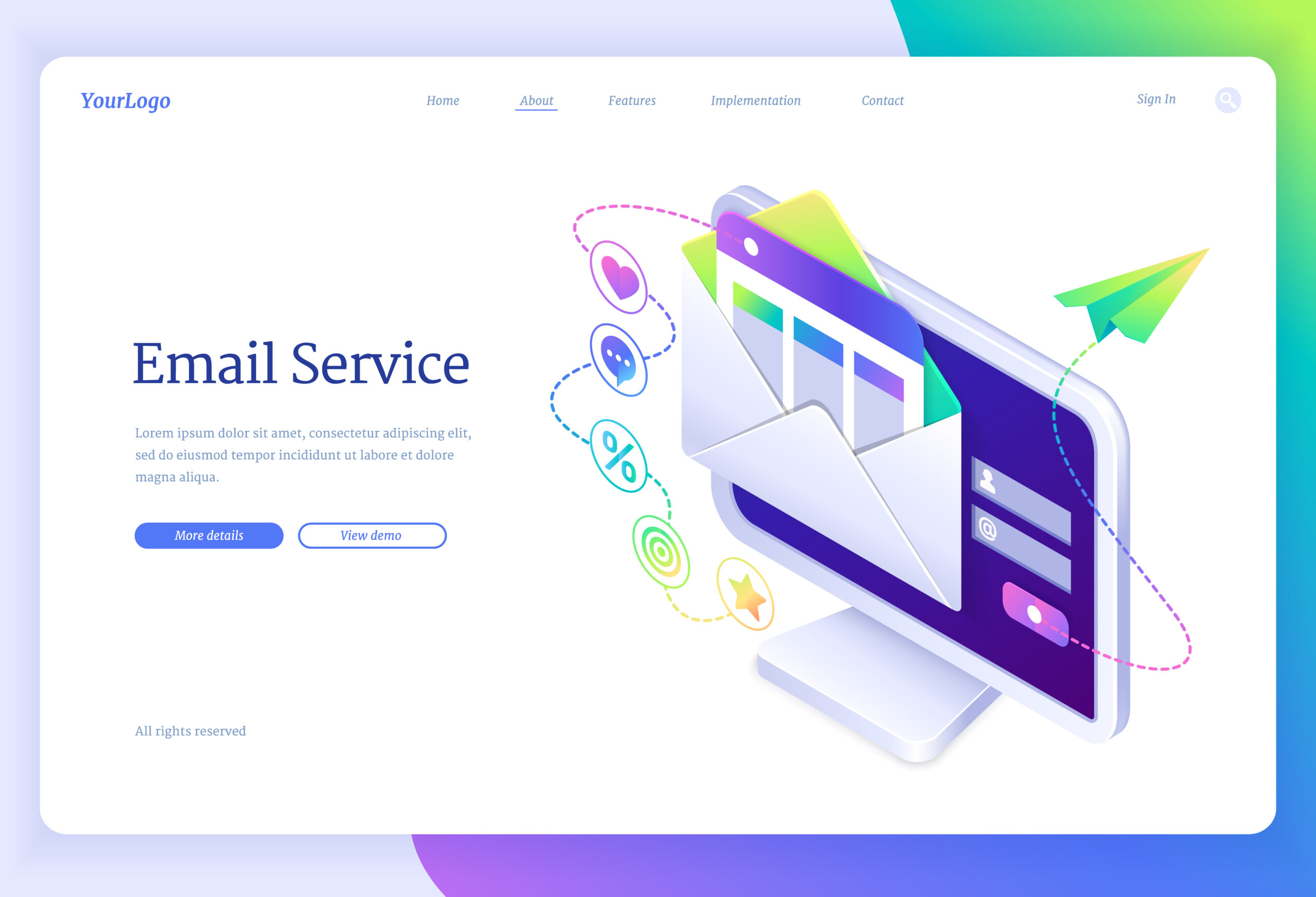Email marketing is a fundamental and highly effective digital marketing strategy that allows businesses to connect with their audience, build relationships, and drive conversions. If you’re new to email marketing, this comprehensive guide will walk you through the basics and provide valuable insights to help you get started on the right foot.
What is Email Marketing?
Email marketing is a direct and personalized form of communication in which businesses send emails to their subscribers with the goal of promoting products, services, or content, as well as nurturing customer relationships. It’s a cost-effective way to engage with your audience, drive website traffic, and boost sales.
The Benefits of Email Marketing
Before we dive into the nuts and bolts of email marketing, let’s explore some of the key benefits:
- Cost-Effective: Email marketing is budget-friendly compared to traditional advertising channels. You can reach a large audience without breaking the bank.
- Direct Communication: Emails provide a direct line of communication between your brand and your audience. It’s an opportunity to build trust and connect on a personal level.
- Highly Targeted: You can segment your email list and tailor messages to specific groups based on demographics, behaviors, and preferences.
- Measurable Results: Email marketing offers clear metrics, such as open rates, click-through rates, and conversion rates, allowing you to track and analyze your campaign’s success.
- Automation: Automation tools make it easy to send personalized messages at the right time, increasing efficiency and effectiveness.
Getting Started with Email Marketing
Now that you understand the benefits, let’s walk through the steps to get started with email marketing:
Build Your Email List
Your email list is the foundation of your email marketing efforts. Start by collecting email addresses from interested individuals. You can use sign-up forms on your website, social media, or at events. Ensure that you obtain explicit consent from subscribers to send them marketing emails.
Choose an Email Marketing Platform
Selecting the right email marketing platform is crucial. Popular options include Mailchimp, Constant Contact, and SendinBlue. These platforms offer features like email templates, automation, and analytics to simplify your campaigns.
Create Valuable Content
The content of your emails is vital. Craft engaging and relevant content that resonates with your audience. This could include newsletters, product announcements, educational content, or promotional offers. Be sure to maintain a consistent tone and style that aligns with your brand.
Segment Your Audience
Segmentation allows you to send targeted emails to specific groups within your list. Consider factors like demographics, purchase history, or engagement level to create segments. Tailor your content to address the unique needs and interests of each segment.
Design Engaging Emails
Design plays a significant role in email marketing success. Create visually appealing emails with a clear layout, attention-grabbing headlines, and compelling visuals. Ensure that your emails are mobile-responsive, as many recipients will view them on mobile devices.
Best Practices for Email Marketing Success
To maximize the effectiveness of your email marketing campaigns, consider these best practices:
Craft Engaging Subject Lines
Your subject line is the first thing recipients see. Make it compelling, concise, and relevant to encourage opens.
Optimize Send Times
Experiment with different send times to determine when your audience is most active and responsive. This can vary depending on your target demographic.
Personalize Your Emails
Personalization goes a long way. Address subscribers by their name and use data-driven insights to customize content based on their preferences and behavior.
Test and Iterate
A/B testing allows you to compare different elements of your emails (e.g., subject lines, call-to-action buttons) to identify what resonates best with your audience. Continuously analyze results and make improvements.
Monitor Metrics
Regularly monitor key metrics like open rates, click-through rates, and conversion rates. Use these insights to refine your email marketing strategy and achieve better results.
Frequently Asked Questions (FAQs)
How often should I send marketing emails?
The frequency of your emails depends on your audience and goals. For newsletters, a weekly or monthly schedule often works well. However, the key is to find a cadence that suits your subscribers without overwhelming them.
Can I purchase email lists?
It’s best to avoid purchasing email lists. These lists often contain uninterested or unengaged recipients, and sending unsolicited emails can harm your sender reputation. Focus on building your list organically with subscribers who have opted in.
How can I avoid my emails going to spam folders?
To avoid spam folders, ensure that your emails are compliant with email marketing regulations, such as the CAN-SPAM Act. Use a reputable email marketing platform, maintain a clean email list, and create valuable, relevant content. Additionally, encourage subscribers to add your email address to their contacts.
What’s the difference between transactional and marketing emails?
Transactional emails, such as order confirmations and password resets, serve a specific purpose related to a user’s interaction with your website or service. Marketing emails, on the other hand, are promotional and aim to drive sales, engagement, or brand awareness.
Is it essential to include an unsubscribe option in my emails?
Yes, including an unsubscribe option is not only good practice; it’s a legal requirement in many countries. Providing an easy way for subscribers to opt out of your emails demonstrates respect for their preferences and helps maintain your sender reputation.
In conclusion, email marketing is a versatile and powerful tool for businesses to connect with their audience and achieve their marketing goals. By following these fundamentals, best practices, and legal guidelines, beginners can embark on a successful email marketing journey, nurturing customer relationships and driving business growth.
Also Read: Unlocking the Power of Email Marketing: Strategies for Success













